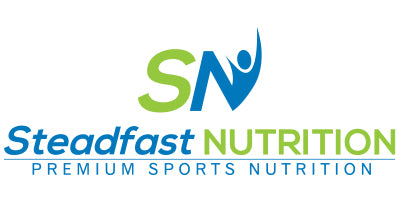Combat Sports athletes are categorised in weight divisions, in an attempt to reduce strength, size, range and leverage disparities between competitors.
Combat sports include judo, boxing, wrestling and MMA fights with fighters aiming to compete in their weight categories.
What are the competitive advantages in combat sports?
The desired characteristics are:-
- Size and strength
- Power to weight ratio
- A lean physique maximising active tissue for a given body mass
- Competing in the lights weight division against athletes
Also, the advantages of these characteristics vary depending upon the type of sport. For instance, in Taekwondo, they show increased speed, speed endurance and flexibility relative to heavily built athletes.
Dietary Management
The key considerations for recovery from Acute Weight Loss (AWL) are:-
- Rehydration - Reduction in total body water impairs performance in various ways, so a fighter should consume an initial bolus of 600-900 mL, with additional boluses at intervals to maintain increased gastric volume. Consumption of 150% of a drink containing 61 mol/l sodium promotes a positive fluid balance.
- Glycogen Restoration - 5-7 g/kg/d for those engaged in moderate volume training and upto 7-10 g/kg/d to saturate their glycogen stores.
- The suggested use of carbohydrate-rich fluids is to address the rehydration needs and reduce the gut discomfort associated with consuming solid foods close to the competition. Also, hypotonic fluids(<10% carbohydrates) should be preferred as it lessens the gastrointestinal distress.
- Management of Gastrointestinal Distress
Post-weigh-in intake should be able to provide nutrients without providing any GI discomfort. So it is advisable to eat a combination of carbohydrate-protein food and no fibre rich foods, particularly when the recovery period is limited.
Pre-Competition Nutrition
- Consumption of easy to digest, low fat, low fibre and low gas-producing carbohydrate foods before and between bouts is suggested.
- Before a competition athlete should opt for a low fibre diet for 24-96 hours and consume minimal food before weight-in, which is effectively reducing the weight of gut contents while enabling the continued consumption of energy and macronutrients, thus aids in enhancing performance. Also, a temporary reduction in inbound water is done by a decrease in sodium content.
- Other competitive strategies, potentially considered beneficial include caffeine supplementation and “mouth rinsing” along with a carbohydrate food or fluid, both are known to aid performance.
To conclude, combat sports are recognised by high intensity, intermittent and long duration events, it is important to consider having adequate nutrients for proper recovery and performance.
REFERENCES
Reale et al. (2017).Individualised dietary strategies for Olympic combat sports: Acute weight loss, recovery and competition nutrition. European Journal of sports science.

